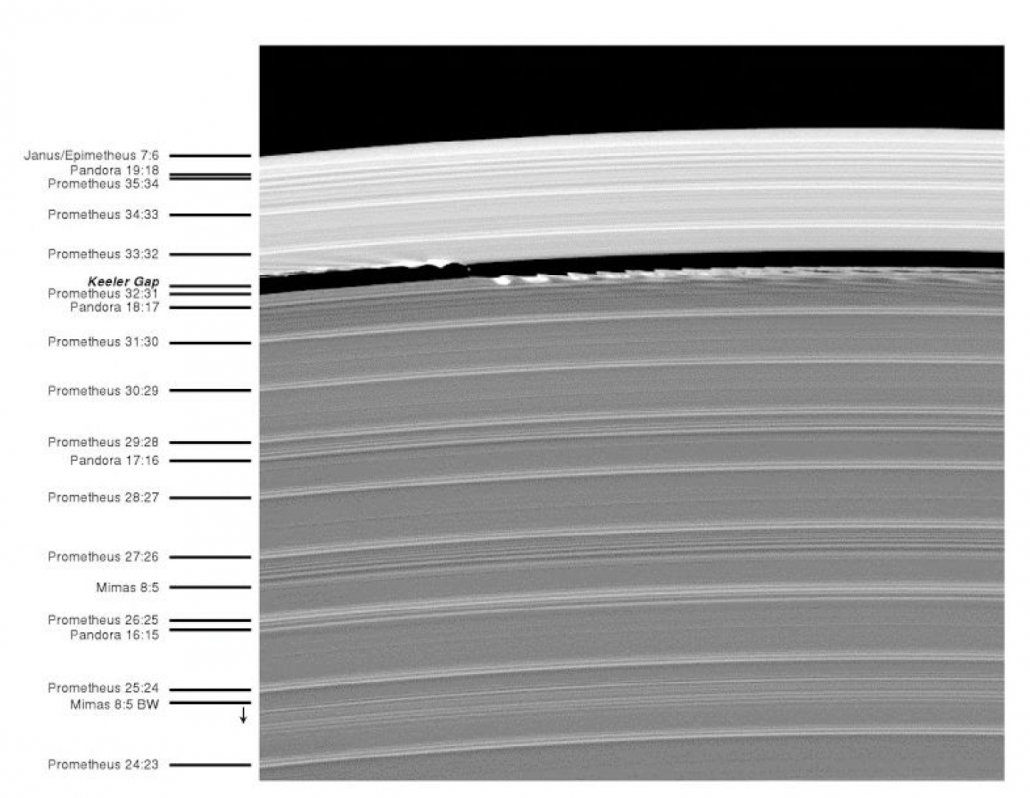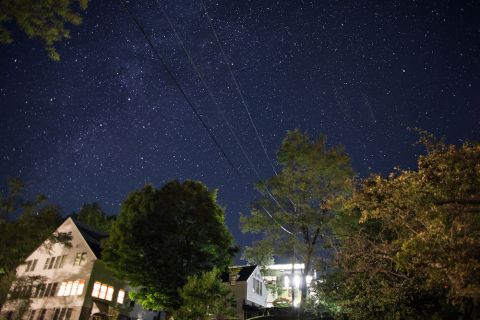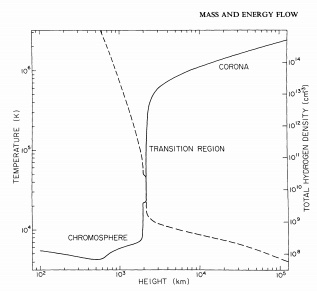Sara Salimbeni
Fields
Physics
Astronomy
Environmental Studies
Education
Laurea, The Sapienza University of Rome, 2003
Ph.D., Tor Vergata University of Rome, 2007
At Marlboro Since
2011

“I think that Marlboro is the perfect environment for my teaching career,” says Sara Salimbeni. “The wide range of physics topics I need to teach is a welcome challenge. I feel particularly comfortable working with small groups of students and in a one to one setting. Marlboro is the most effective environment to share my knowledge, skills, and experiences with students. Each day that I spend at Marlboro, I learn something as a teacher and as a human being, and I believe that this has a strong, positive effect on my teaching”.
Teaching Philosophy
Sara helps students to build analytical and problem-solving skills as well as the intellectual confidence needed to investigate the physical world. Sara strives to create a healthy learning environment based on mutual trust, and personalized education. Sara’s classes are very interactive; she often uses experiments, demonstrations, computer simulations, and group work. Sara supports a teaching environment where mistakes are not only allowed but valued as a tool to receive feedback and learn. Sara believes students need to push their abilities and leave their comfort zone, to be in the best place to learn.
Scholarly Activities
Recently, Sara is focusing on how to support women in Physics and Astronomy classrooms. She is currently working to obtain an MA in Teaching For Social Justice at Marlboro College Graduate School.
Sara obtained a Ph.D. in Astronomy studying how galaxies evolve, and she has years of research in this filed. Some of the broad questions that drove Sara’s research are: What are the physical mechanisms that trigger and shut down the star formation in galaxies? What drives the galaxy stellar mass assembly through cosmic time? How do primeval galaxies evolve to form the morphological variety (Hubble sequence) that we observe today? How does the local density of a galaxy’s birthplace influence its evolution? During her research career, Sara investigated a number of these topics, using various methodologies including tracking how statistical properties of galaxy samples change as a function of cosmic time. “Because the velocity of light is finite, by watching the universe at various distances from us, we can observe a range of times throughout its history. By using statistical properties, it is possible to untangle various star formation histories of galaxies.”
Selected Publications
“A comprehensive study of large-scale structures in the GOODS-SOUTH field up to z∼ 2.5.” Salimbeni, S., et al. Astronomy & Astrophysics, 2009, 501, 751.
“The red and blue galaxy populations in the GOODS field: evidence for an excess of red dwarfs.” Salimbeni, S., et al. Astronomy & Astrophysics, 2008, 477, 763.
“The Galaxy Mass Function up to z = 4 in the GOODS-MUSIC sample: into the epoch of formation of massive galaxies.” Fontana, A., and Salimbeni, S., et al. Astronomy & Astrophysics, 2006, 459.
Selected Public Presentations
“The environmental properties of galaxies from the GOODS-SOUTH survey up to z ∼ 2.5,” December 2009, University of Massachusetts, Amherst, invited talk.
“Uncertainties and systematic effects on the estimate of stellar masses in high z galaxies,” September 2008, Probing stellar populations out to the distant universe, Cefalu, Italy.
“The red and blue galaxy luminosity function in the GOODS field: evidence for an excess of red dwarf galaxies,” August 2007, A century of cosmology: past, present, and future, San Servolo, Venice, Italy.




